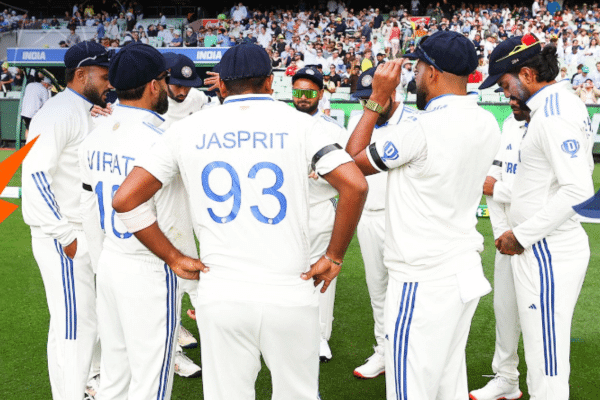Australia’s last-gasp victory over India in the Boxing Day Test was a thrilling advertisement for Test cricket. For India though, the defeat opened up long festering wounds that will be all too familiar to its legion of fans. As holders of the Border Gavaskar Trophy, India can still retain the trophy – and give themselves hope of qualifying for a third straight World Test Championship Final – with a win in the New Year’s Test in Sydney.
But it will take some brave decisions for India to have the best chance of doing so.
-
Kohli and Sharma must go
Time has run out for Virat Kohli and Rohit Sharma. If India is serious about winning in the New Year’s Test and keeping alive any lingering hopes of qualifying for the WTC final, the pair must be dropped and Shubman Gill and Sarfaraz Khan must be selected in their place.
The writing has long been on the wall for the pair, who have been underperforming for years. Their slump reached a nadir in the appalling on-field behaviour exhibited by both in Melbourne – both at the opposition and at themselves – a clear projection of their frustrations with their own games.
The time for a romantic farewell has long gone; now, the team must come first.
Virat Kohli does this 100% deliberately. He’d been snarling, sledging and glaring at Konstas to try to unsettle him for 20 mins.
I’ve no issue with that, but the shoulder barge was the culmination of none of that working. Outrageous. It’s bullying.#AUSvIND #AUSvsIND pic.twitter.com/kkxQVG8jOB
— James Buttler | Cricket Badger Podcast
(@cricket_badger) December 26, 2024
-
Back the youth
With the bat, India’s best performers this series have been its youngest – Jaiswal, Reddy, Sundar. While Jaiswal is locked into the opening position for effectively the next decade, Reddy and Sundar have also demonstrated enough application to warrant promotions up the order.
With the typically reliable Rishabh Pant struggling for runs, his position at 5 is no longer tenable, at least for now. India must bat Reddy at 5 and Sundar at 6, allowing Pant to come in at number 7 with the freedom to play his naturally aggressive game against an older ball.
View this post on Instagram
-
Recognise the big moments
India made too many mistakes at critical junctures in Melbourne, and ultimately that is what cost them a chance at either winning or drawing the game.
Winning hard-fought Test cricket is about seizing key moments; and against teams like Australia, those moments take on greater significance. India will ruefully recall Jaiswal’s run-out on day 2, Jaiswal’s three dropped catches on day 4, and Pant’s ill-advised slog on day 5, as the moments where the Boxing Day Test slipped from their grasp.
It’s those moments, typically late in the day, which India cannot afford to let slip in Sydney.
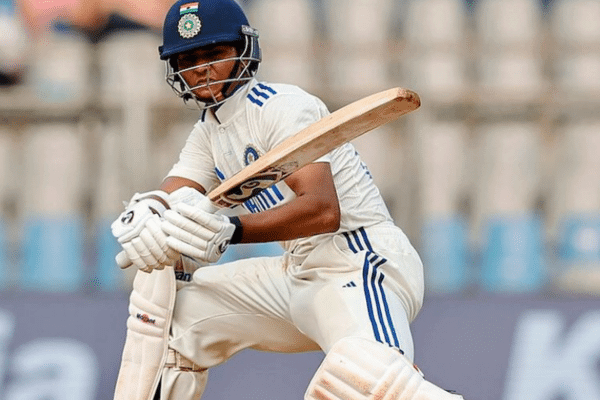
-
Bowl fuller
Bowling “pretty” doesn’t matter if it doesn’t garner results.
India earned perhaps a record number of plays-and-misses from Australia’s batsmen in Melbourne, but luck can only take you so far.
The sheer number of plays and misses suggests that India simply bowled too short, meaning the ball moved too much to take the edge by the time it reached the batsman. India’s seamers must pitch the ball fuller to turn their “luck” around.
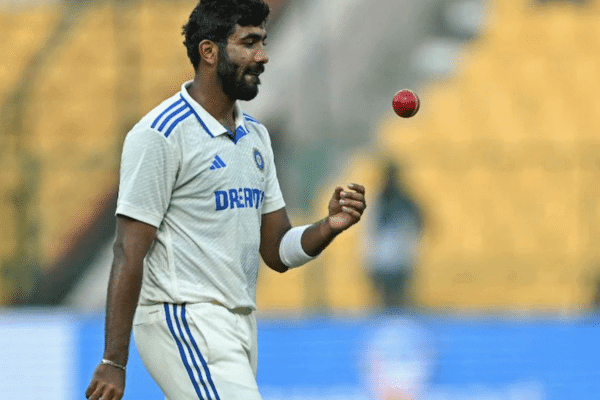
-
Aggression at the death
In Melbourne, India continued its long-suffering struggles with dismissing tail-order batsmen, with Australia’s last 4 wickets adding 175 runs in the first innings and 143 runs in the second innings. The runs were crucial.
It’s a problem that has long plagued India, both at home and away; the team has a clear habit of letting games drift when recognised opposition batsmen have been dismissed.
But it needn’t be that way; India has the pace battery, especially on Australian pitches, to genuinely intimidate lower order batsmen. India must be prepared to deploy a targeted short ball strategy, used sparingly, to close out matches in the New Year’s test more clinically.
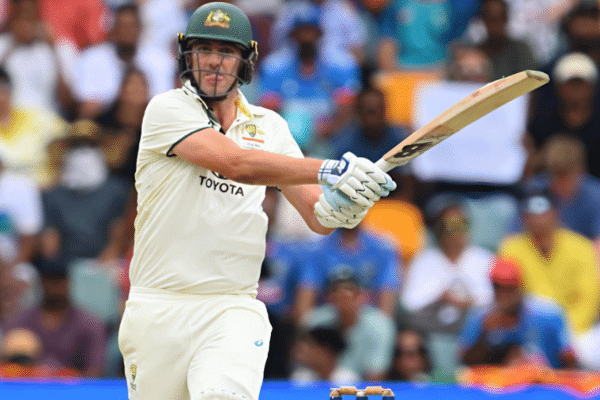
-
Calmness from the top
A marked difference between the first Test in Perth and the three that have followed, has been the captaincy of Jasprit Bumrah and Rohit Sharma.
India under Bumrah appeared united, under control, and measured. But the opposite has emerged under an increasingly frustrated and agitated Sharma, even though he was once admired for projecting calmness within his camp.
Composure is a critical trait for teams in a transitioning phase such as India, as it gives younger players the freedom to express themselves and play their natural games.
Whoever leads India in the New Year’s Test must keep it together, both on and off the field.
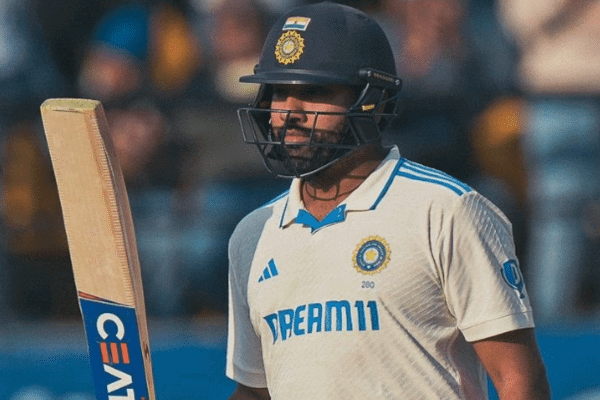
My team for the fifth Test:
- Yaishasvi Jaiswal
- KL Rahul
- Shubman Gill
- Sarfaraz Khan
- Nitish Kumar Reddy
- Washington Sundar
- Rishabh Pant
- Ravindra Jadeja
- Jasprit Bumrah
- Akash Deep / Prasidh Krishna
- Mohammed Siraj
READ MORE: AusVInd Boxing Day Test 2024: Test cricket fights on – Indian Link




